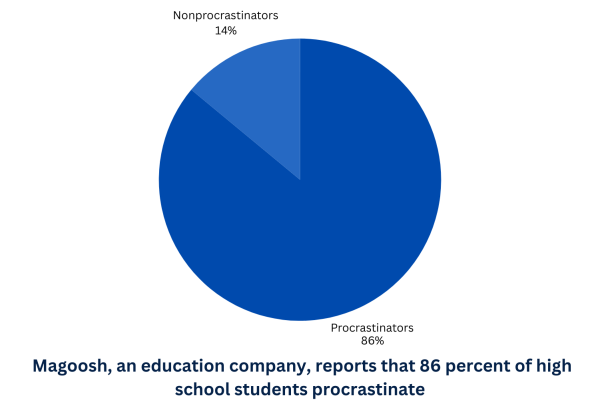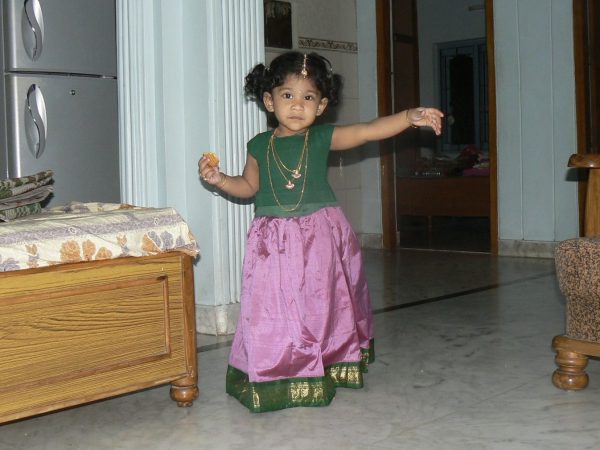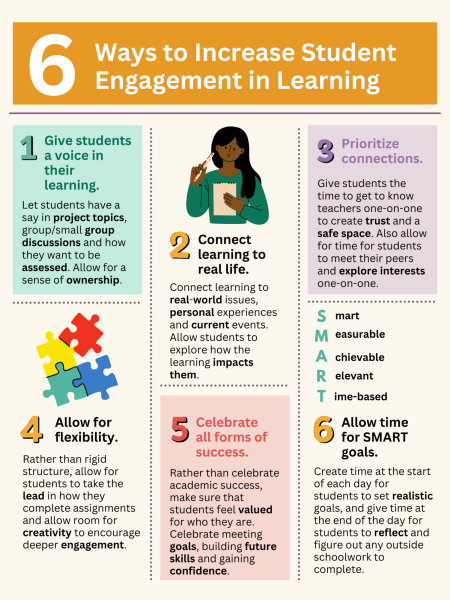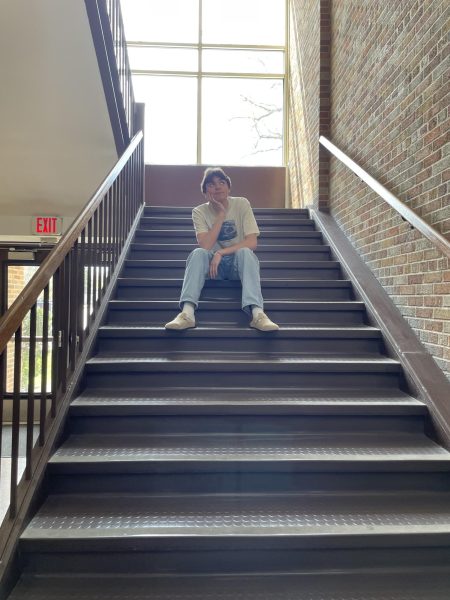Cultural Conformity: My experience growing up in a white community
Merriam Webster dictionary defines conformity as “behavior that is the same as the behavior of most other people in a society, group, etc.” Cultural conformity is this same idea of assimilation of behaviors, but instead blending into the majority’s culture.
This phenomenon is an overlooked problem in suburban towns that forces children at young ages to bend and fold themselves to fit into western culture. I am a product of that. (To clarify, western culture is being used to describe European cultures and religions which predominantly are both Caucasian and Chrisitian.)
At a young age, I discovered that I am of Afghan heritage, and now am proud of my name and family. However, as I grew older, children in my grade started harassing me because of my ethnicity. Over the course of a few years, I was harassed both verbally and physically by my peers, without friends or teachers at my side.
Since then, I have changed my hair, as well as other physical features in order to blend in. This bullying carried on into the eighth grade, but finally mostly ceased during lockdown.
One of the most devastating experiences, the height of the harassment, occured during seventh grade. Peers would throw ice at me, yelling “go back to your country;” which they used to mock my family name of Khan.
It was around this time when my father gave me a word of advice in regards to the bullying I was facing. He used a quote from the Bible – “Do not cast pearls amongst swine.” While sacred books can be up to interpretation, this quote led me to an incredibly helpful conclusion. I decided to, while staying proud of my family’s heritage, keep it to myself.
My father grew up in a small town in southern Illinois, his own father having immigrated from Pakistan at age 18. My father and I both grew up in predominantly white communities, which led to not only him losing most of his beliefs, and changing even his given birth name, but also led to me losing touch with rest of what he passed down to me.
Cultural conformity and suburban towns, even Libertyville, seems to be linked, and in the case of my own personal experiences, forces western culture onto minority groups.
Since culture is deeply rooted in religion, it is worth noting that 7% of the Chicago metropolitan area are non-Christian people, according to the Pew Research Center study updated in 2022.
If culture comes attached to and develops from religion, then we should also encourage students to get to know people from other religious backgrounds as well.
According to the Pew Research Center, 70.6 percent of Libertyville’s population is Christian. This leads to a lack of diversity, which has an immense impact on children’s understanding of the differences amongst people and their classmates. The most impactful way to quash the issue of acceptance of diversity is to expose children to it. A child is most likely to learn and to improve, or change their habits through experiences with their peers, as opposed to adults.
Another way to encourage diverse learning and collaborations could be through more outreach programs. Outreach programs allow students to connect with peers that come from different backgrounds. With advancements made in technology as well as in schooling in general, schools can even do online meetings to truly stretch the western limitations of places like Libertyville.
In my experience at Highland Middle School, I remember the librarians arranging an outreach program between my school and a school in Chicago. Through schools’ encouragement of peer development, students can learn and grow together, while not being called out for possibly not understanding another culture.
To live up to the American ideal of a melting pot of cultures, I see that the only way to truly thrive in culturally alike communities is to teach the importance of the acceptance of other remarkable cultures.










